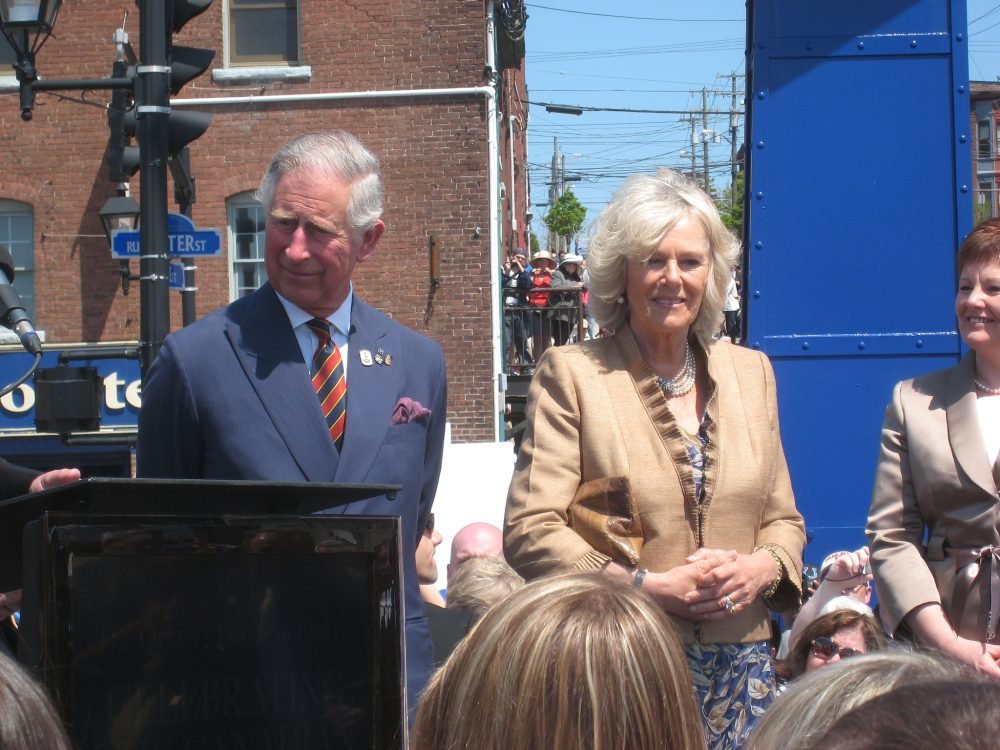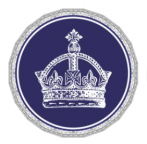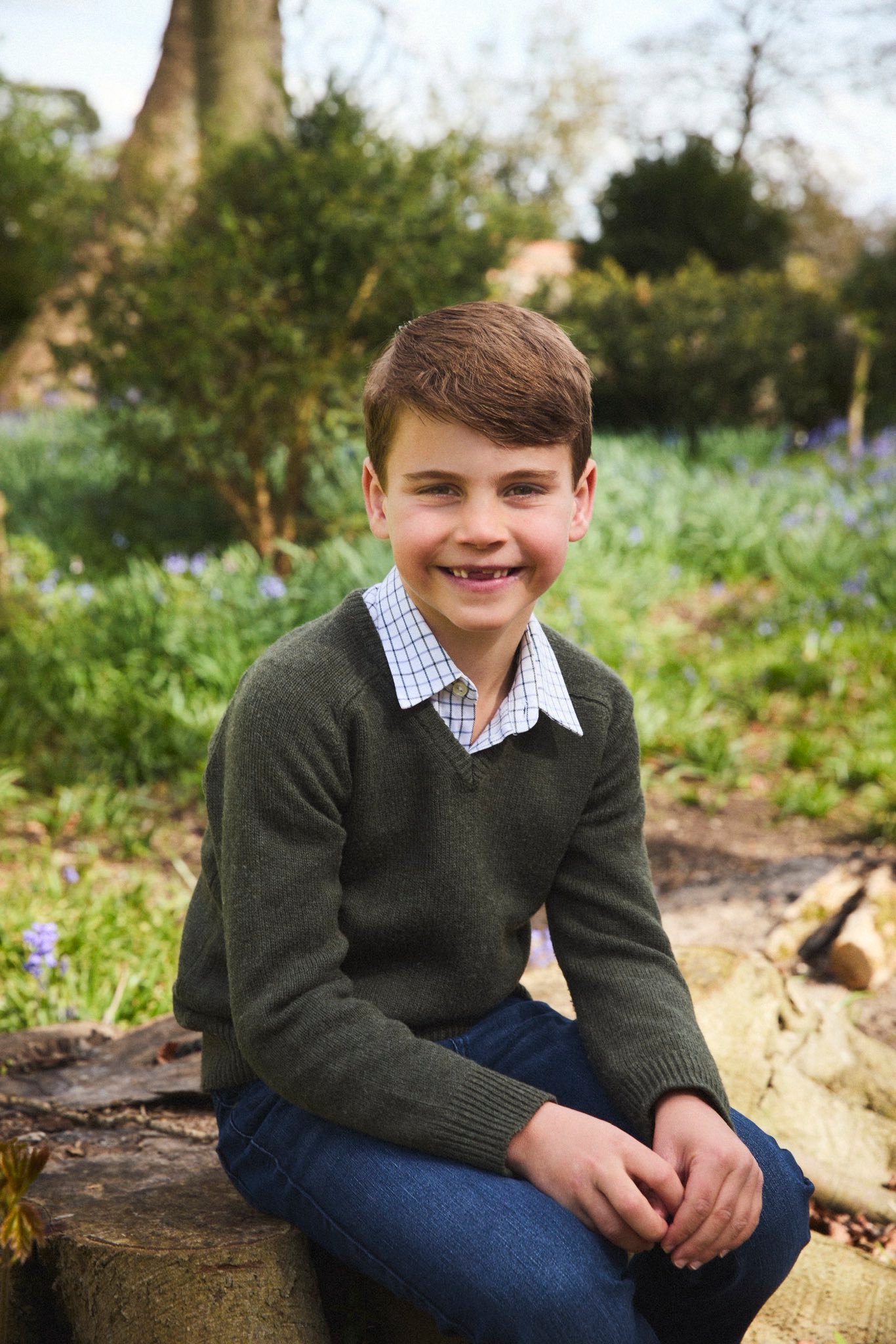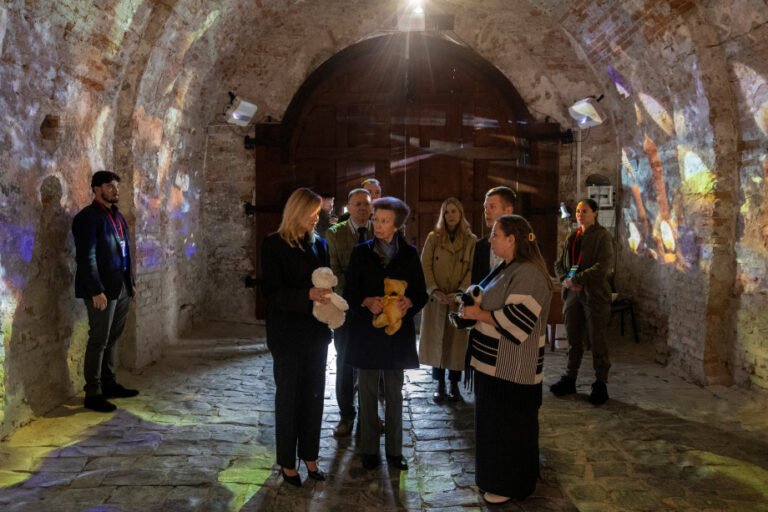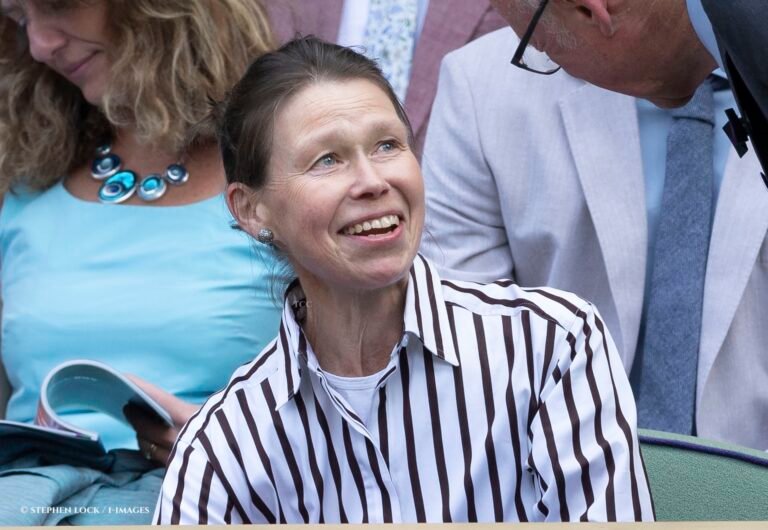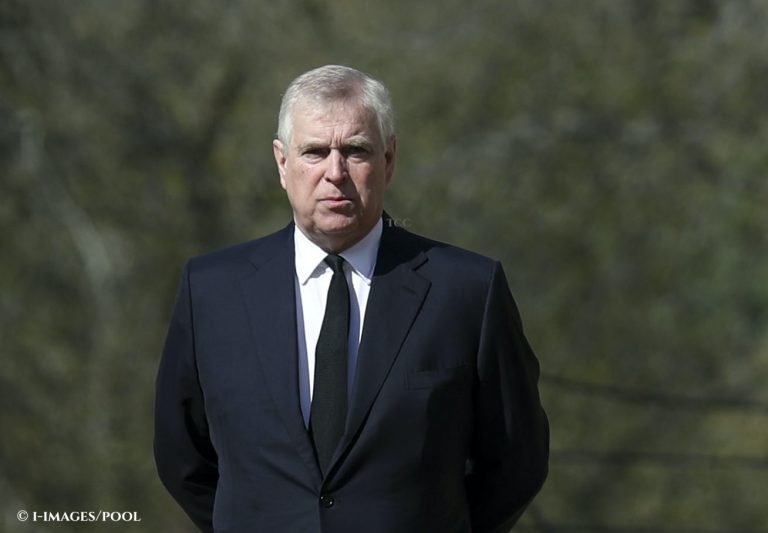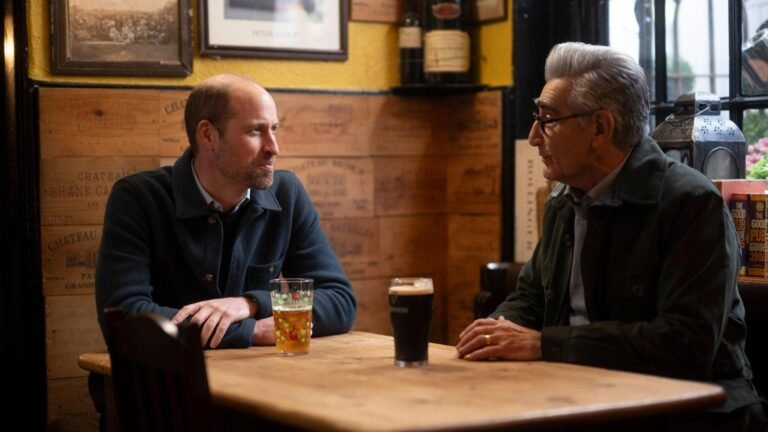The Prince of Wales and Duchess of Cornwall’s second and final day in Northern Ireland began with a trip to Mount Stewart, a National Trust property in County Down.
The couple were there to officially reopen the house, which has undergone an £8 million refurbishment, and used a ceremonial sword to cut the cake.
Lady Rose Loritzen lives at the house, who is a distant cousin of Camilla; the Duchess’ ancestors have lived in the house since the 18th century. The two are related through their connection with the Keppels.
Lady Rose said: ‘They were very impressed.
‘They really liked the house. His Royal Highness has been here before the restoration and I think he was really impressed.
‘The Duchess sadly, couldn’t come the last time so it was the first time Her Royal Highness had seen it and she loved it.’
Prince Charles has a passion for conservation, as seen with his charity The Prince’s Regeneration Trust, and helped to save Dumfries House, home to notable Chippendale works, for the nation in 2007.
Corrymeela, County Antrim, was the couple’s next stop; it is Northern Ireland’s oldest peace and reconciliation centre.
The centre opened 50 years ago and was founded by Ray Davey and students from Queens University Belfast; the troubles of Ireland at the time shaped the centre’s work.
A key part of Corrymeela’s role was helping people learn how to have difficult conversations and embrace diversity in others.
Countess Mountbatten, the daughter of the Prince’s great-uncle, Earl Mountbatten of Burma, has given support to the centre over the years.
Charles and Camilla toured the Croi, (‘heart’ in Irish), which is at the centre of the location, and is designed to encourage listening.
The Prince of Wales said: ‘Corrymeela is a beneficiary of the fund set up in memory of my godson, Nicholas Knatchbull, who was killed at Mullaghmore in 1979 along with his grandfather and my beloved great-uncle, Lord Mountbatten, his young friend, Paul Maxwell, and his grandmother, the Dowager Lady Brabourne.
‘Our visit to Sligo this week allowed my wife and I to spend time in a place which the victims of that tragedy held so dear, and also to attend, at Drumcliff Church, an immensely moving service of reconciliation for the hurts of the past, which have been suffered, as you and I know all too well, by all sides.
‘We have all suffered too much. By our shared wounds and scars we can I hope, I pray, share healing and a friendship made all the stronger for the trials it has overcome.’
Reconciliation has been a large part of the trip to both the Republic of Ireland and Northern Ireland, which returned to the Crown in 1922, following the Partition of Ireland, after which it could have remained an independent ad autonomous state.
Featured photo: Andrew Pollock

